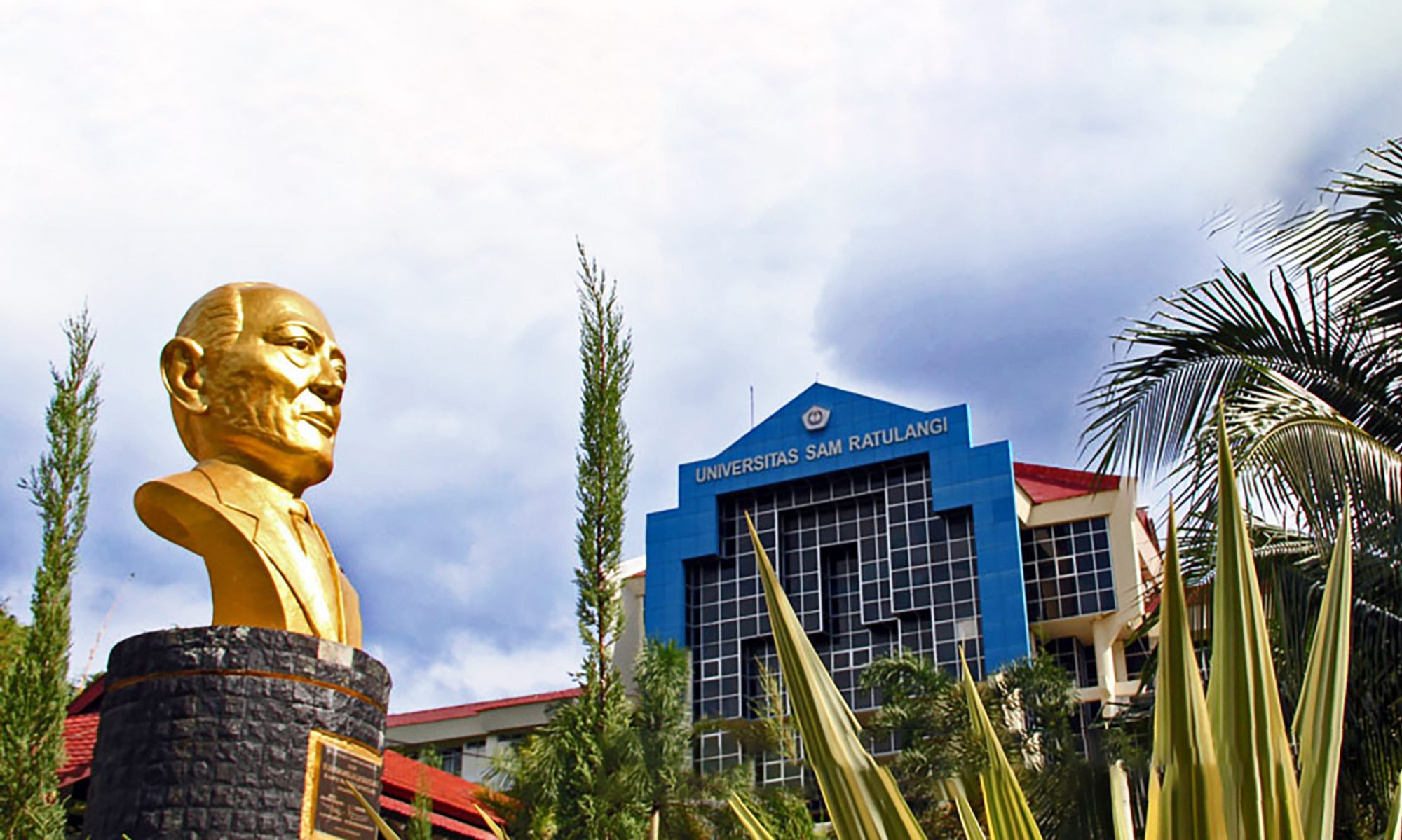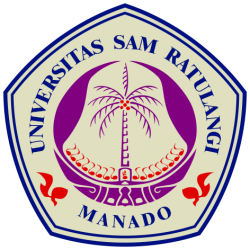Nani Ingrid Jacquline Undap, 2016. Antibacterial Activity of Sponges, Smenospongia aurea, Strepsichordaia sp., Agelas tubulata and Phyllospongia sp. From Manado Bay Against The Growth of Several Bacteria Strains
Supervisors:
Dr. Ir. Deiske A. Sumilat, M.Sc.
Dr. Robert A. Bara, S.IK., M.Sc. as Committee Member.
SUMMARY
Sponges are one of the benthic organisms that are potential to have active substances for medicinal purposes. They live widespread to the depth of 50 meters. Over 8000 species of sponges have been scientifically described and there are probably about 15,000 species living in the world, in which Indonesia waters contributes to about 10 percent of the total numbers. So far, the existence of marine sponges has attracted researchers around the world to do research due to their secondary metabolism substances that can be developed to find new medicines.
The presence of antibiotic-resistant bacteria promoting the loss of antibiotic ability to kill the bacteria leads to the demand of carrying out research for new antibiotic discovery. One of the natural resources that have not been well developed is marine resource, especially sponge, resulting in shortage of information on marine biota usable for medicinal materials.
This study was aimed to examine antibacterial activity of several sponge extracts inhibiting bacterial growth, i.e. Pseudomonas aeruginosa, Proteus mirabilis, Staphylococcus aureus, Escherichia coli and S. saprophyticus, determine the inhibit ability of the extract on the bacterial growth and analyze the antibacterial active fraction using bio-autographic method.
In this study, Agar Diffusion Method was applied using several steps, such as extraction, brain heart infusion (BHI) media preparation, nutrient agar (NA) media preparation for bacteria rejuvenation, Mueller Hinton Agar (MHA) media preparation, positive controls (chloramphenicol) and negative controls (ethanol) preparation, antibacterial activity test, substance compound test using thin-layered Chromatography and bioautography method.
Mean diameter of the extract inhibition zone of Smenospongia aurea tested on 5 bacteria was 17.92 mm for Pseudomonas aeruginosa, 17.25 for Proteus mirabilis, 13.33 mm for Staphylococcus aureus mm, 17.50 mm for Escherichia coli and 16.25 mm for Staphylococcus saprophyticus, respectively. The highest inhibition zone of Smenospongia aurea extract occurred on Pseudomonas aeruginosa.
Mean diameter of the inhibition zone of Strepsichordaia sp. tested on the bacteria was 16.42 mm for P. aeruginosa,26.83 mm for P. mirabilis, 32.25 mm for S. aureus, 14.17 mm for E. coli mm and 19.67 mm for S. saprophyticus, respectively. Strepsichordaia extract showed the highest activity against S. aureus.
The inhibition zone of Agelas tubulata extract tested on the bacteria was 15.75 mm for Pseudomonas aeruginosa, 14.83 mm for Proteus mirabilis, 13.50 mm for Staphylococcus aureus, 18.92 mm for E. coli and 14 mm for Staphylococcus saprophyticus, respectively. The inhibition zone of the extract on the test bacteria had broad spectrum.
The inhibition zone of Phyllospongia sp. against the tested bacteria was 11.25 mm for P. aeruginosa, 29.58 mm for P. mirabilis, 16.29 mm for S. aureus,10.58 mm for E. coli, and 13.67 mm for S. saprophyticus, respectively, with the highest inhibition zone occurring in P. mirabilis.
The study concluded that the extracts of Smenospongia aurea, Strepsichordaia sp. Agelas tubulata and Phyllospongia sp. had antibacterial activity against P. aeruginosa, P. mirabilis, Staphylococcus aureus, E. Coli and Staphylococcus saprophyticus, in which extract of Smenospongia aurea and Agelas tubulata that are classified as moderate, while the extract Strepsichordaia sp. and Phyllospongia sp. potential to have active substances for medicinal purposes. Bioautographic test indicated that the active compounds of the sponge extract had functional group of cyclohexane, with maximum UV absorption at 270-285 nm wavelength. The active compounds of this group usually occur in terpenoid and flavonoid compounds with strong antibacterial activity.
This study recommends that further study on active compound structure of Smenospongia aurea, Strepsichordaia sp., Agelas tubulata and Phyllospongia sp. capable of inhibiting the bacterial growth needs to be done.

